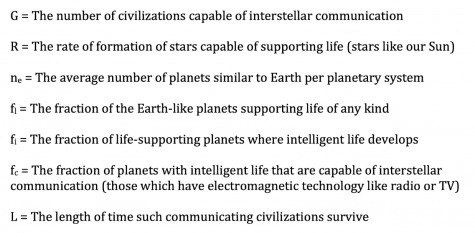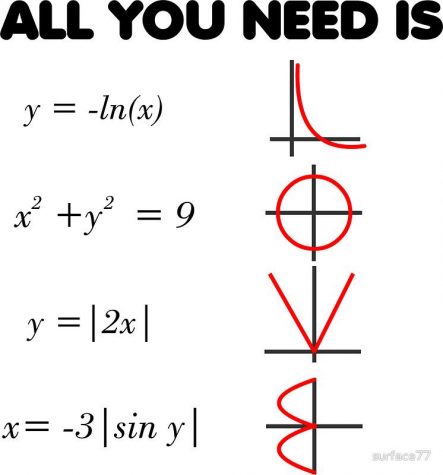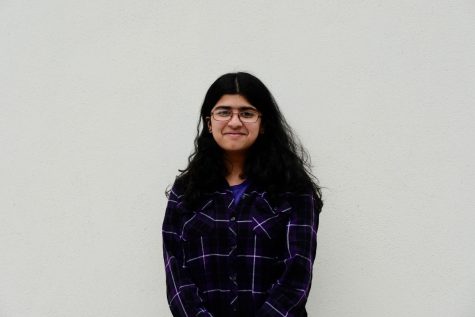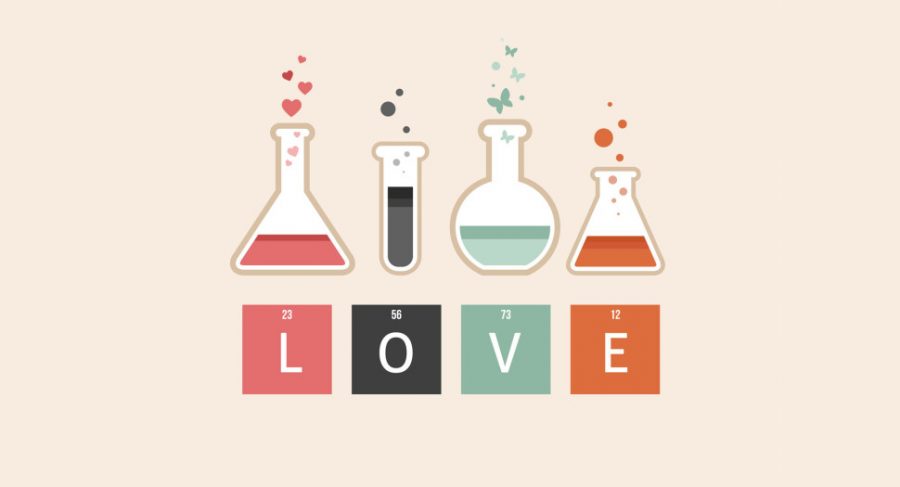What is Love, Really — Explained by Math
Many people are at least familiar with the science of love. However, in regard to the mathematics behind love — “Love is an emotion; you can’t possibly tell me that math has love all figured out for me.”
Well, I suppose you’ll have to think again. Math is fantastic and omniscient, and, yes, math is in love! Wouldn’t it be so nice to simply plug in your life into an equation and figure out simply who your soulmate will be? Or whether that person you’ve had a crush on is who you’ll marry? Do not fear; using the power of mathematics, Siona and Shreya have got you covered.
Perhaps you believe that talking to your crush is like talking to an alien. Well, in that case, mathematicians have got you covered with Drake Equation. Perhaps Peter Backus best describes it in his paper “Why I Don’t Have a Girlfriend: An Application of the Drake Equation to Love in the UK”: “While extraterrestrial civilization may be rare, there is something that is seemingly rarer still: a girlfriend. For me.” (1). Drake’s Equation is fairly straightforward: G = R * fp * ne * fl * fi * fe * L. He defined these variables with the following:

Seems fairly straightforward enough, right? Next, Backus applied the same equation to his chances of getting a girlfriend but switched the variables. G is the number of potential girlfriends, R is the population growth in the UK, fw is the fraction of people in the UK who are women, fl is the fraction of people in the UK who lives in London, fa is the fraction of women who are age-appropriate for him, fu are the age-appropriate women with university degrees, fb is the fraction of women who find him physically attractive, and L is the time he has been alive. After estimating the population of people in the UK and multiplying all the numbers together, Backus got a result of 10510 potential girlfriends. However, after taking into account the fraction of women who find him attractive, are single, and will get along with him, the number decreases to 26 women. At least it’s 100 times better than finding an alien civilization?
 Next, let’s say you got lucky and you’re officially in a relationship! Yay! Congratulations! The next question is will you and your partner stay as partners or break up? Never fear: mathematics has got you covered. We can use the equation for the likelihood of a country entering an arms race. John Gottman and James Murray wrote “The Mathematics of Marital Conflict,” in which they watched couples argue for a few minutes, tracking their vitals and the topic of their conversations. In the end, they created a model that could predict whether or not the couples will divorce with a 90% accuracy. They wrote that the positivity or negativity of the wife’s next comment (Wt+1) equals the wife’s general mood plus the wife’s current mood times the wife’s mood with her husband plus the husband’s influence on the wife times the husband’s most recent action. This is the very equation to tell whether countries in an arms race will go to war.
Next, let’s say you got lucky and you’re officially in a relationship! Yay! Congratulations! The next question is will you and your partner stay as partners or break up? Never fear: mathematics has got you covered. We can use the equation for the likelihood of a country entering an arms race. John Gottman and James Murray wrote “The Mathematics of Marital Conflict,” in which they watched couples argue for a few minutes, tracking their vitals and the topic of their conversations. In the end, they created a model that could predict whether or not the couples will divorce with a 90% accuracy. They wrote that the positivity or negativity of the wife’s next comment (Wt+1) equals the wife’s general mood plus the wife’s current mood times the wife’s mood with her husband plus the husband’s influence on the wife times the husband’s most recent action. This is the very equation to tell whether countries in an arms race will go to war.
Now that you’ve broken up with who you thought was your soulmate, let’s circle back. How would you decide who is the perfect partner for you? You’ll likely date a bunch of people; who is best? Once again, mathematicians are here for you. In her talk, “The Mathematics of Love,” Hannah Fry gives her top three mathematically-based tips on romance. One of them was how to pick the perfect partner. Her advice: reject the first 37% of people. Next, marry the best person who happens to come next. Of course, this method has its pitfalls and exceptions, but Dr. Fry explains that the first 37% of people simply won’t be marriage material for you. But, then again, she assumes we’ve started dating at the age of fifteen, which is rather young.
And there you have it: Siona and Shreya’s mathematically-based and scientifically-based tips for love. Hopefully, a scientific approach to this seemingly inexplicable emotion can help you navigate through your love life. After all, mathematicians and scientists are known for their charming ways and excellent social skills. Known as the person of the century, Albert Einstein invented the theory of relativity, describing it like so: “When you are courting a nice girl an hour seems like a second. When you sit on a red-hot cinder a second seems like an hour. That’s relativity.” When you feel like love may not be going your way, always remember, as Einstein said, “Gravitation is not responsible for people falling in love.”
(Article Continued In “What is Love, Really – Explained by Science,” linked here)
Sources:
https://www.youtube.com/watch?v=5sY4rhvB9LE
https://www.youtube.com/watch?v=oT5qeQft5CE
https://www.pbs.org/wgbh/evolution/library/01/6/l_016_08.html
https://www.youtube.com/watch?v=yFVXsjVdvmY
https://www.youtube.com/watch?v=BkOIw7vAZCQ

Shreya Chaudhary is a senior planning to major in data science or computer science. She interns with TigerGraph, promotes and tutors women in STEM through...

Siona Manocha, a senior, has attended Keystone School since kindergarten. Through The Keynote, Siona employs the use of visual art and media to highlight...

